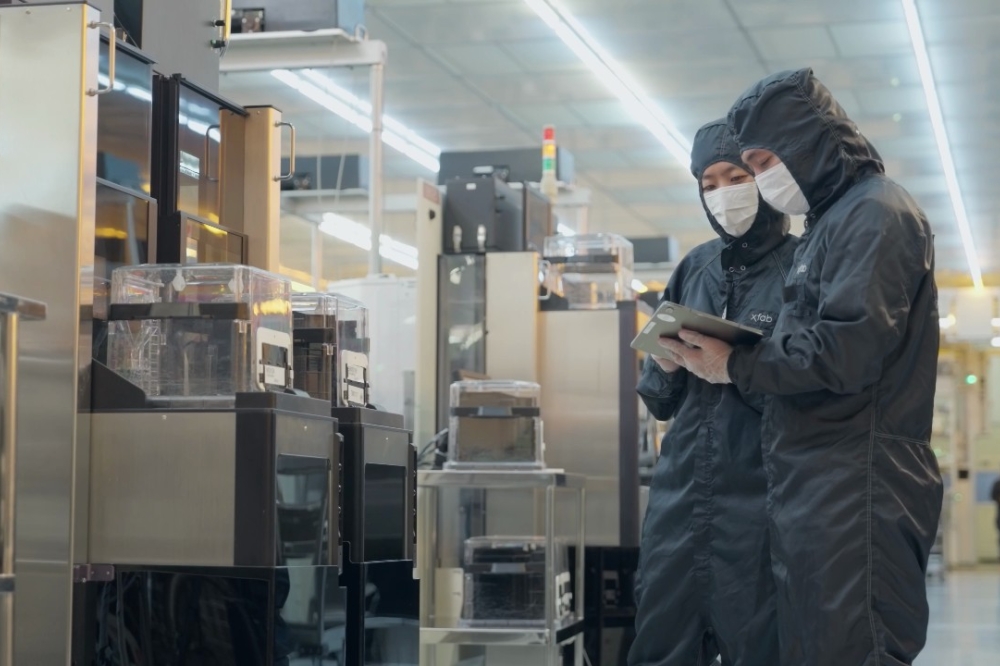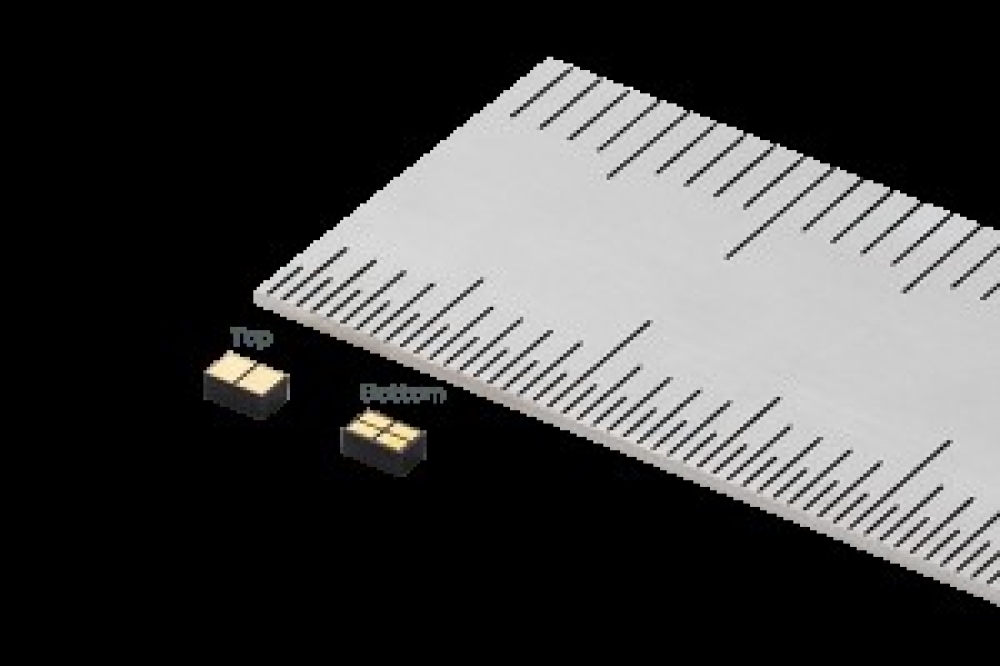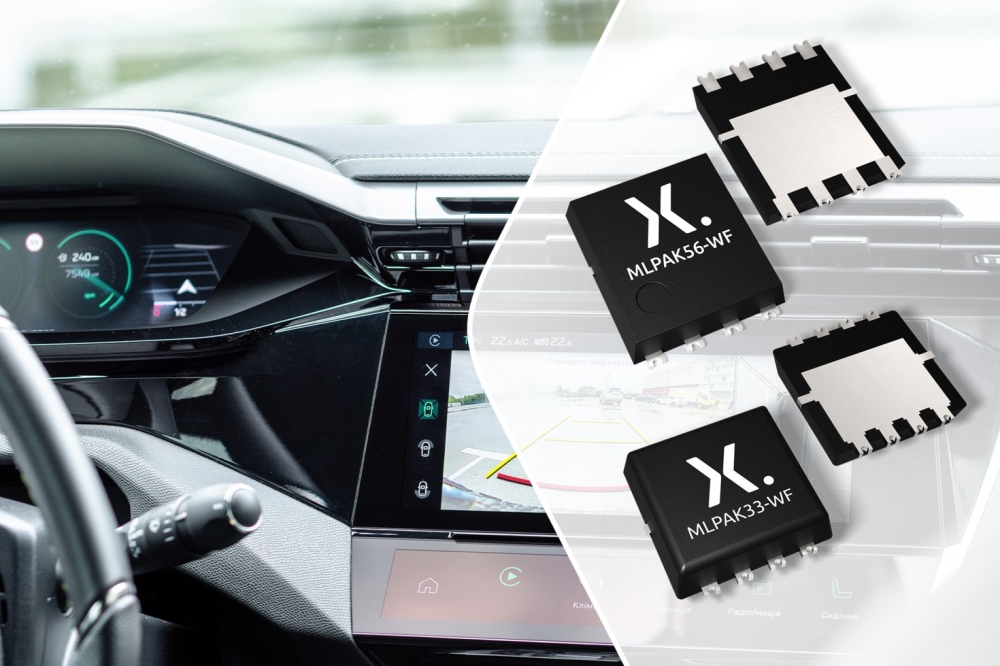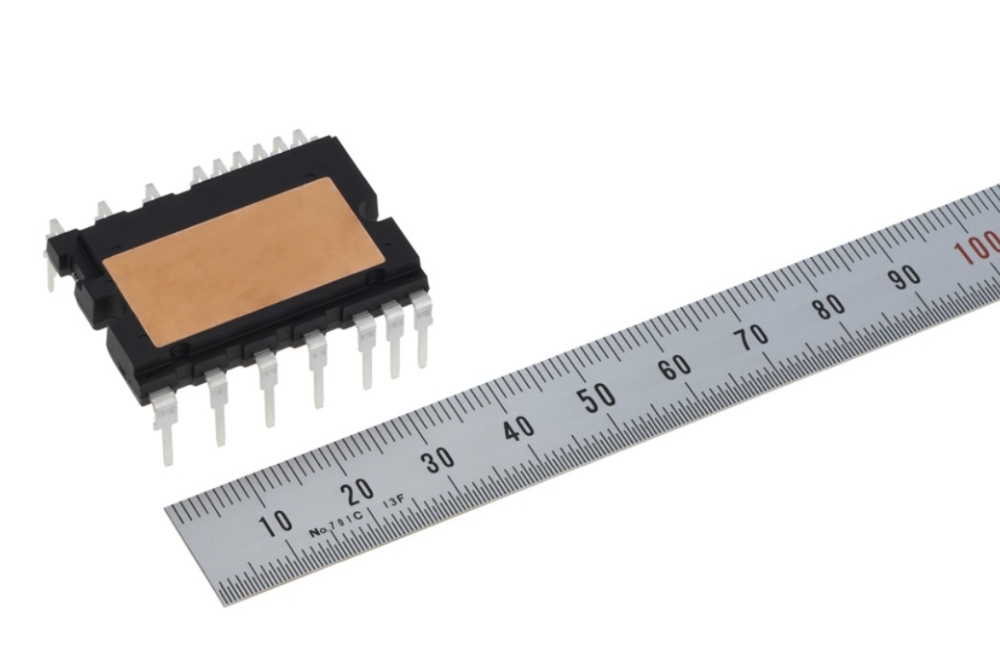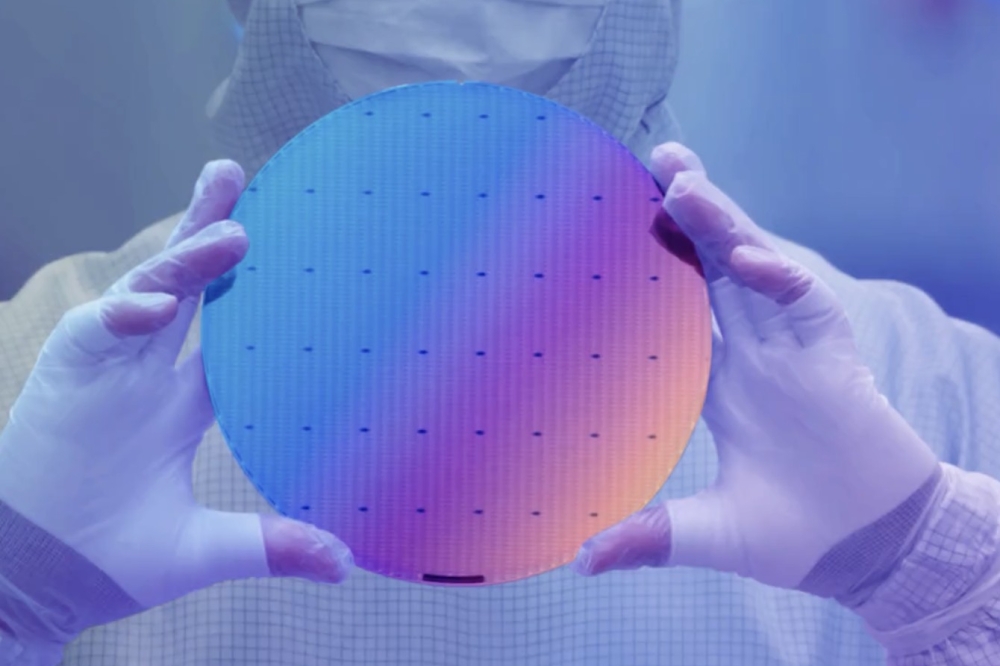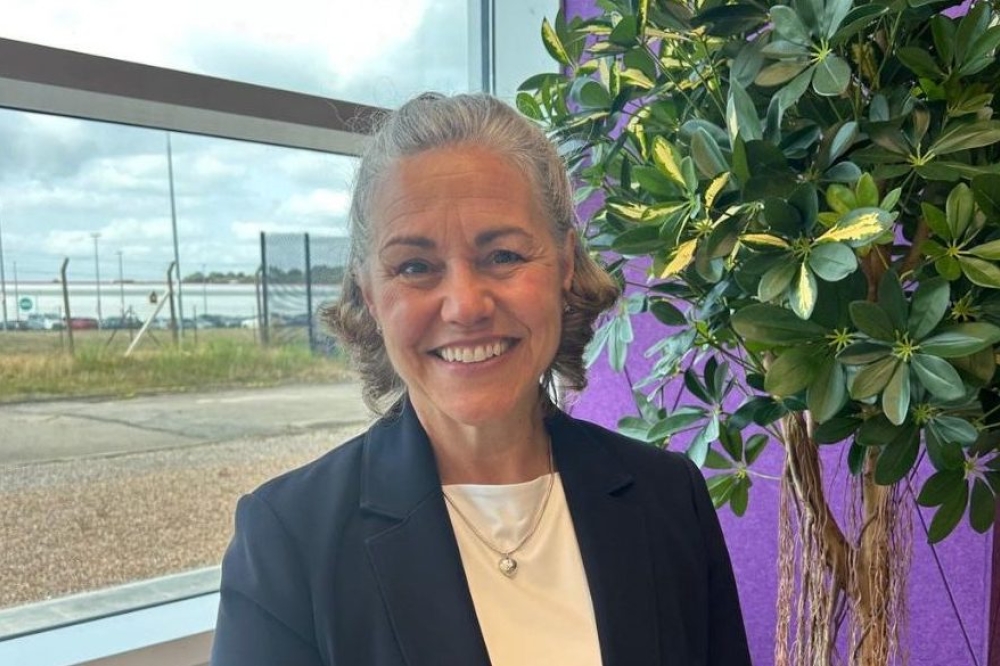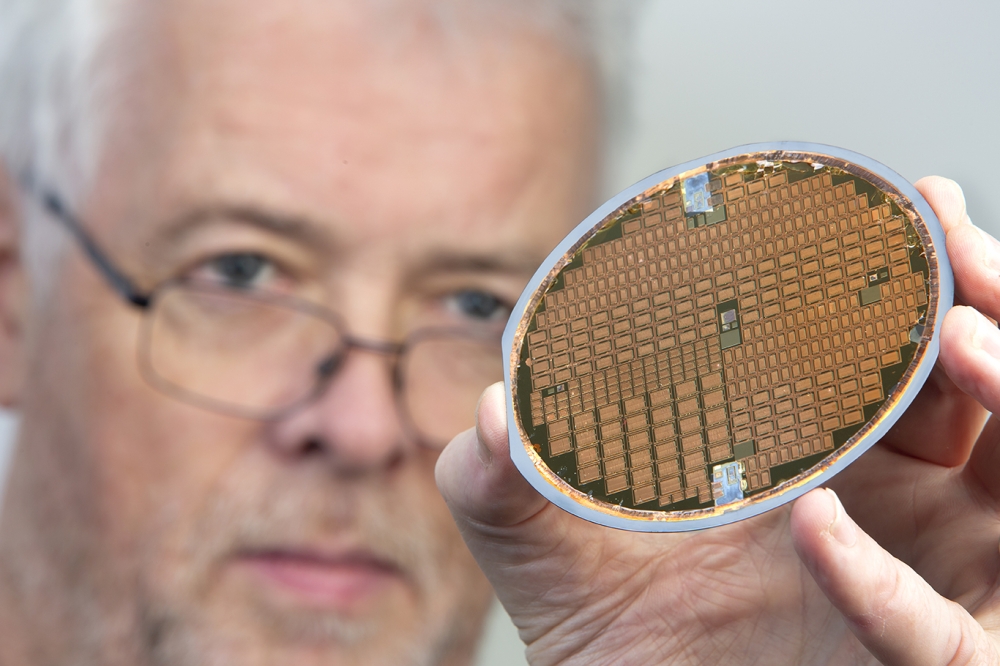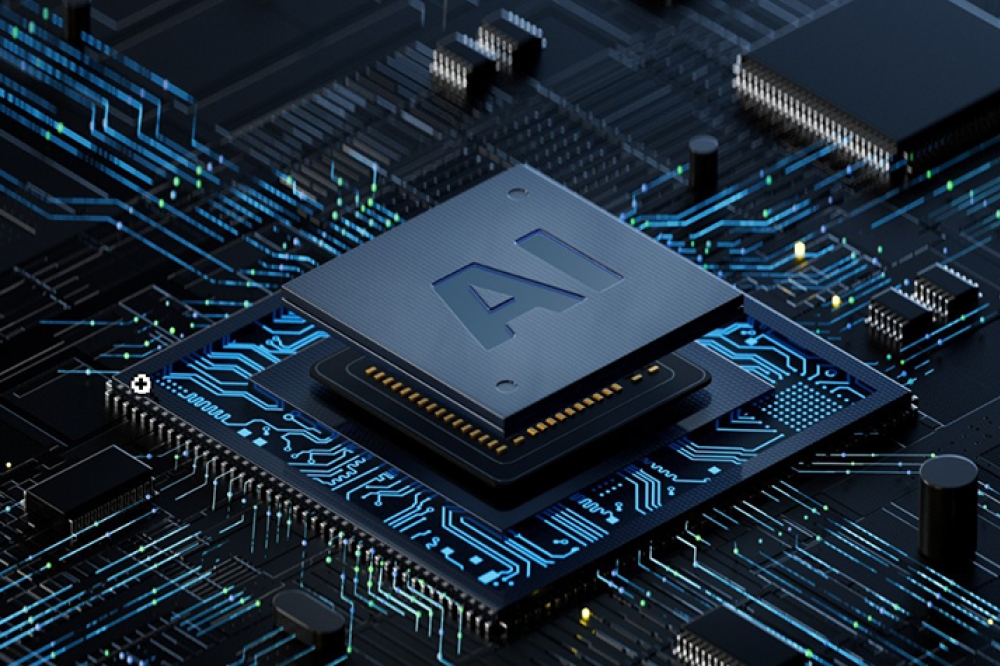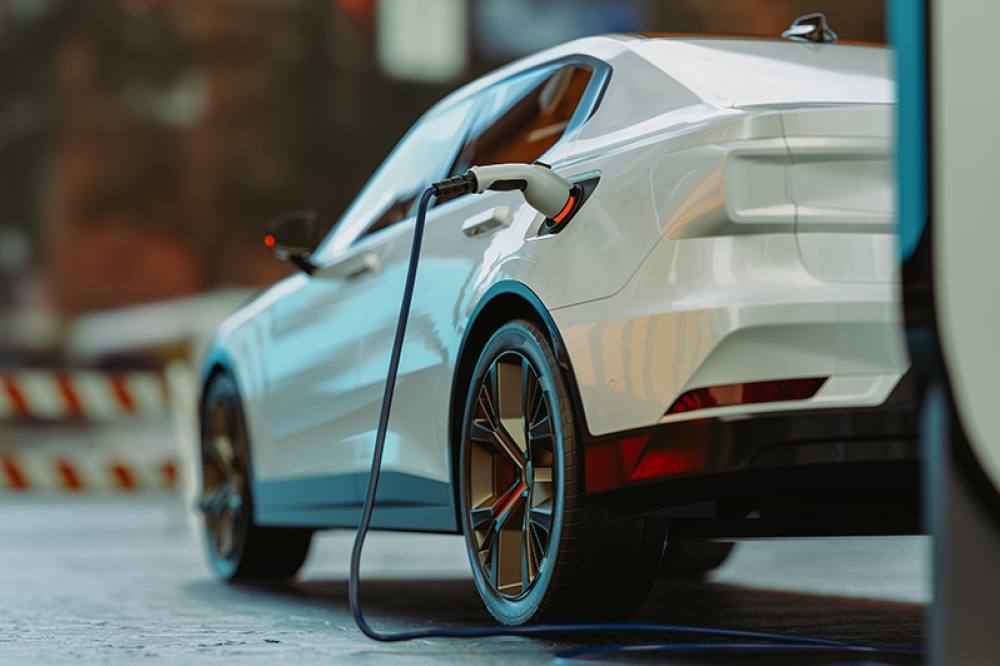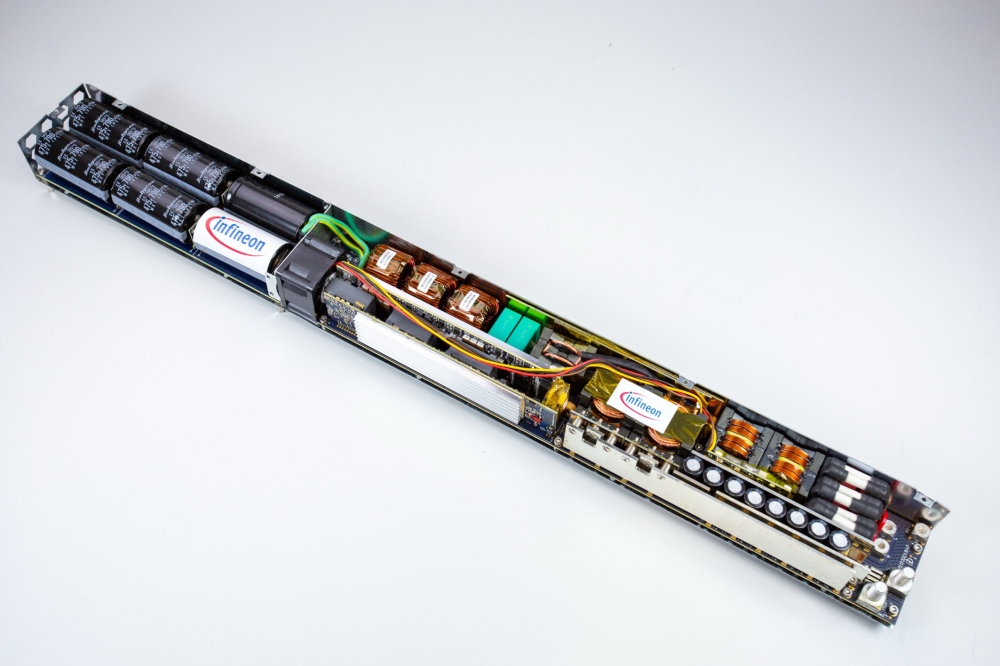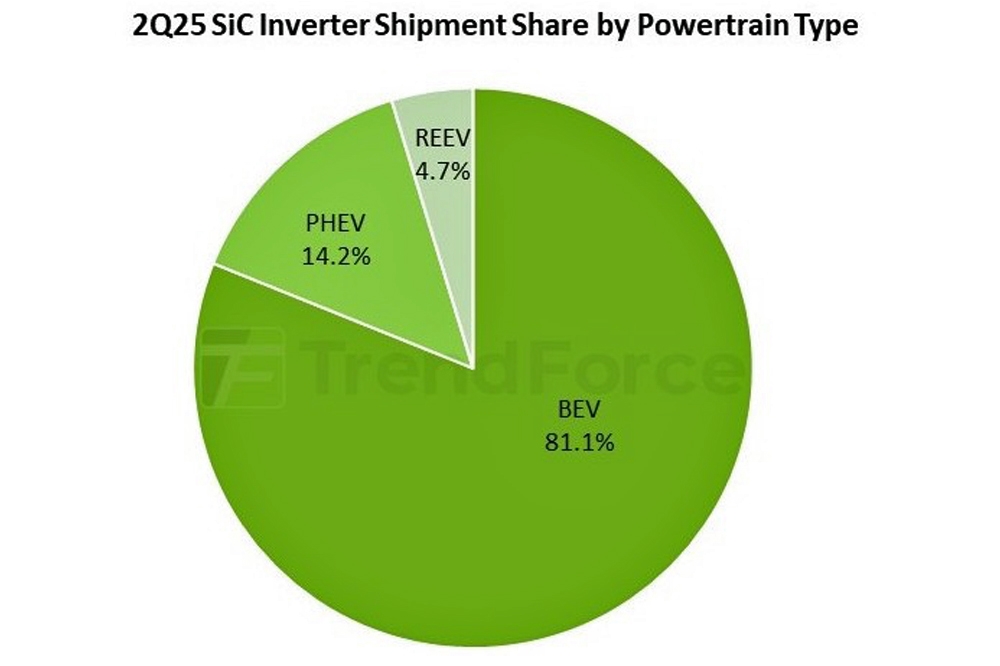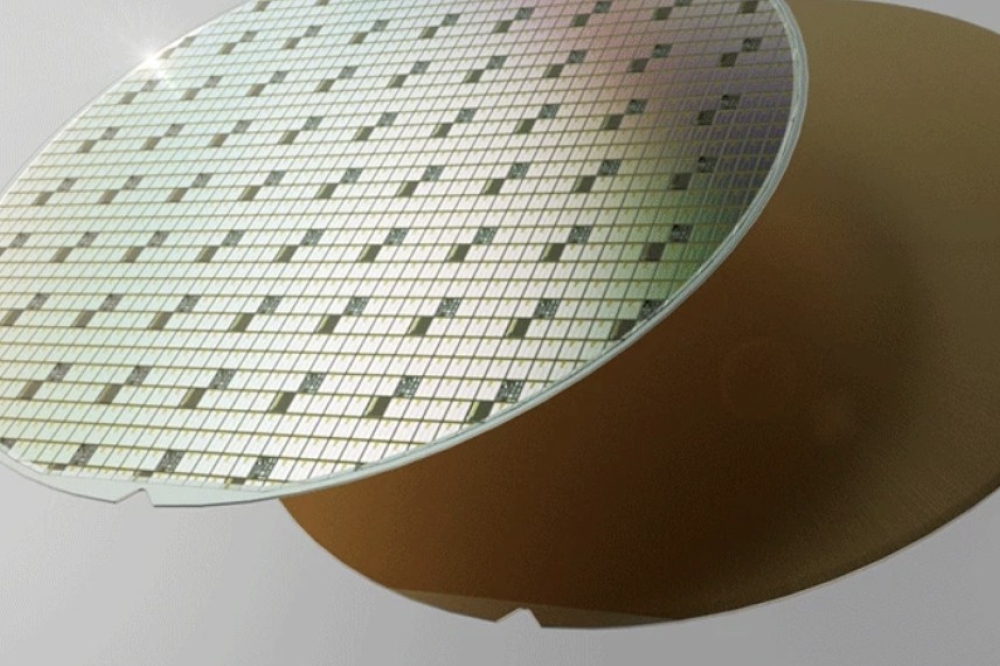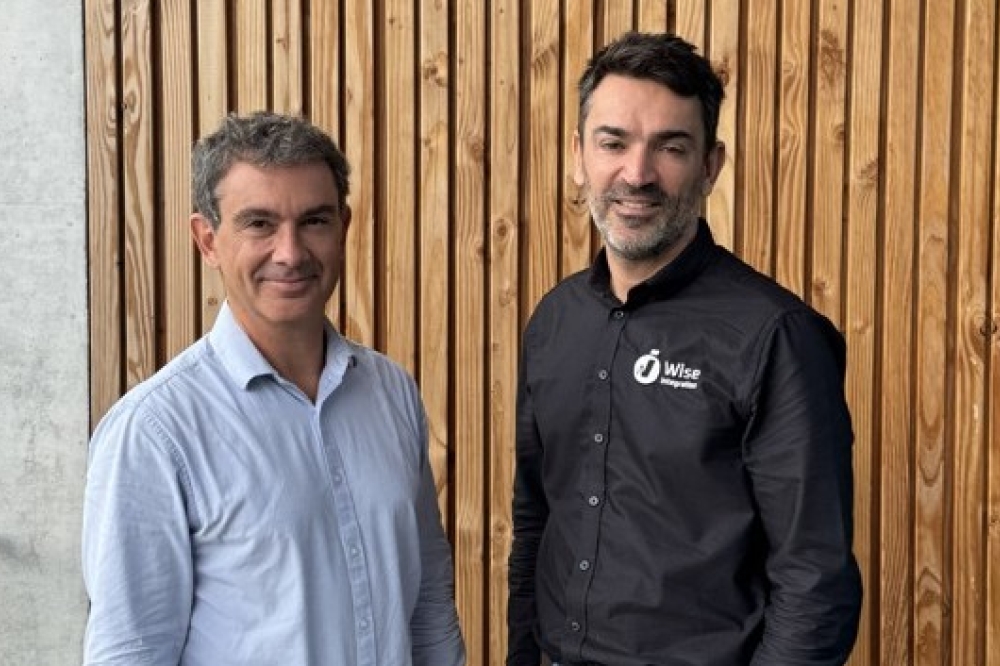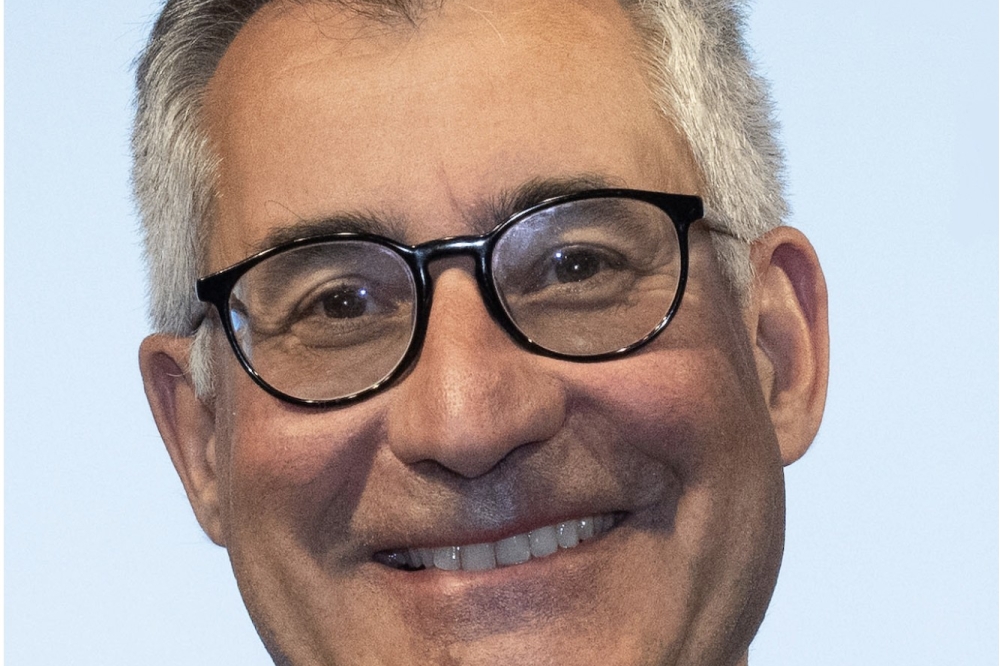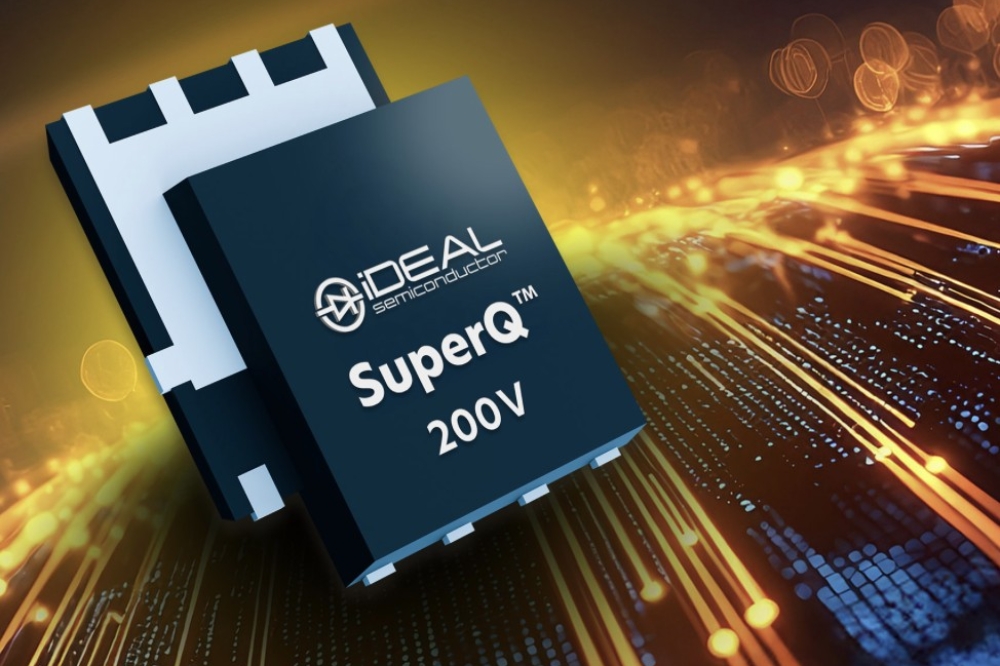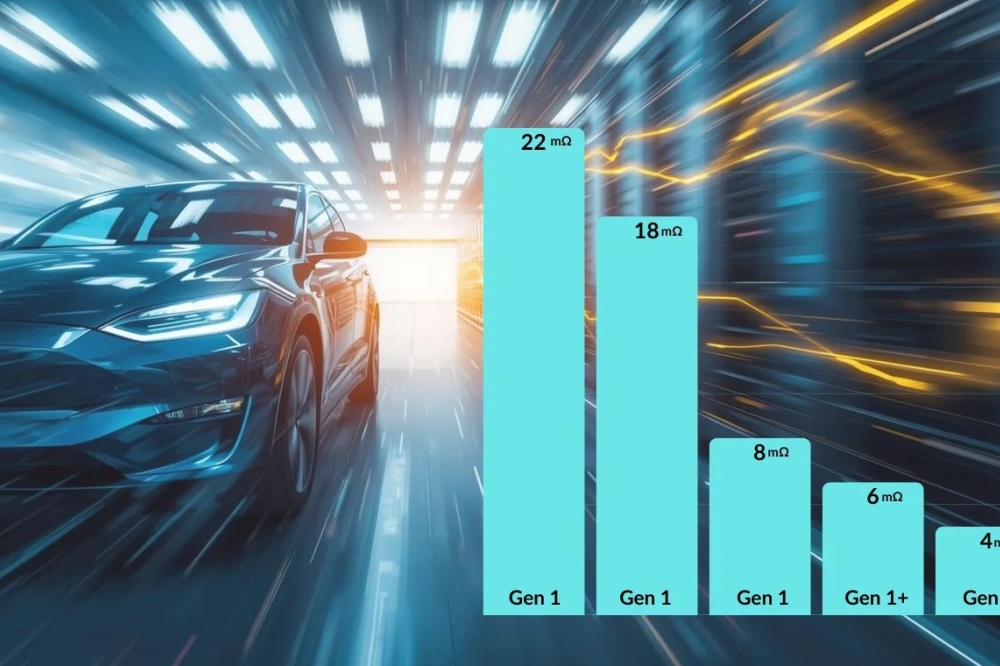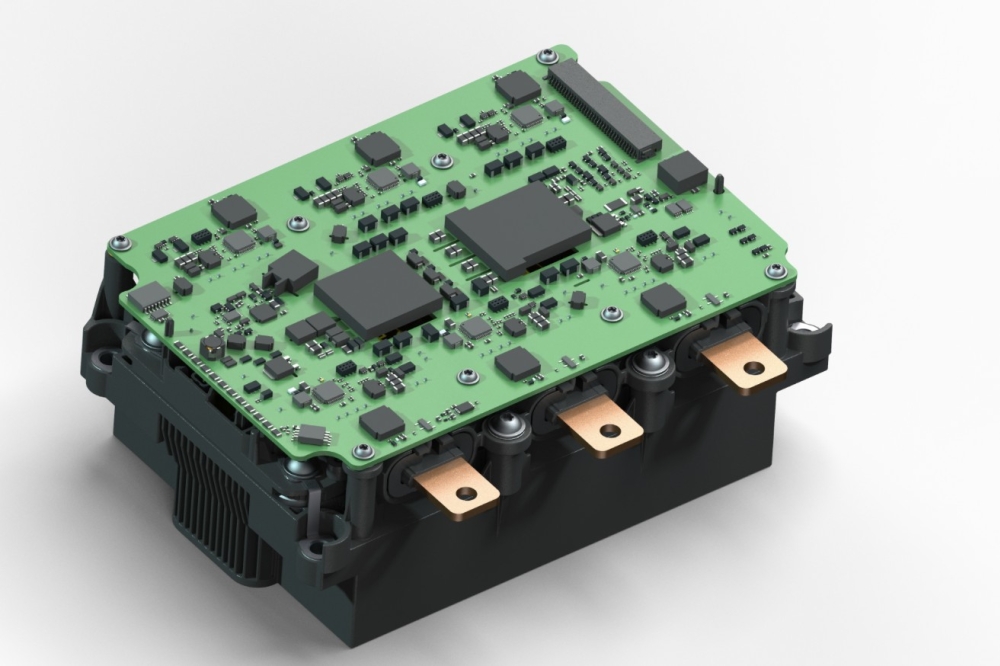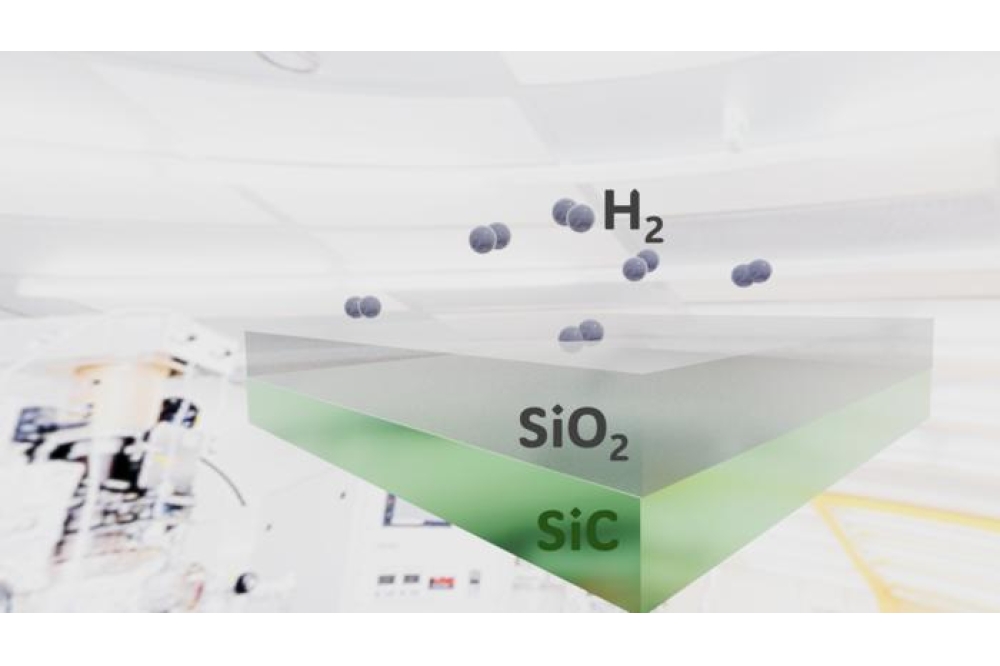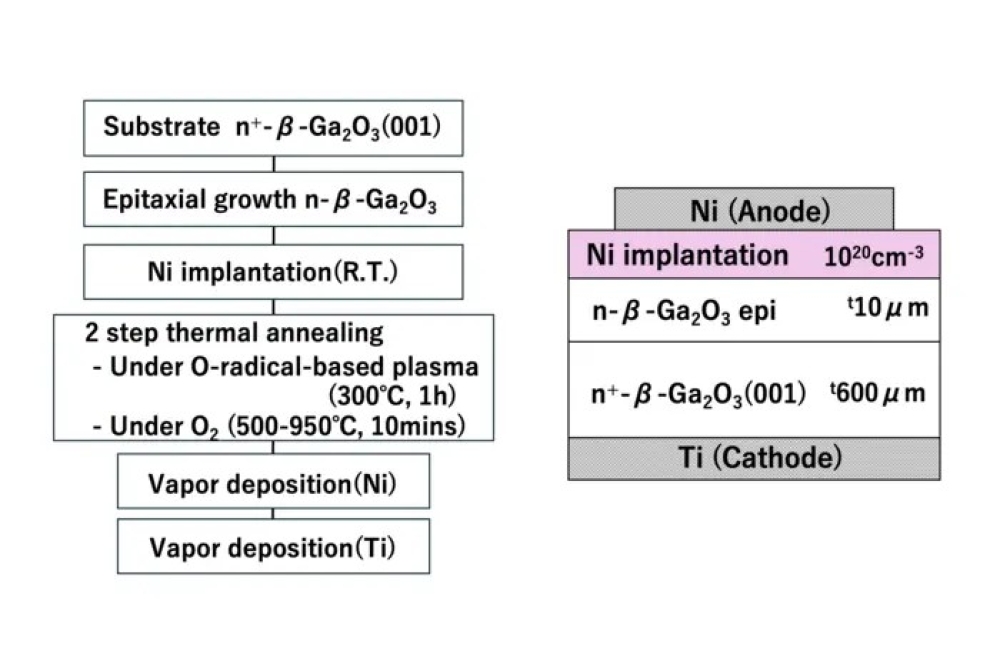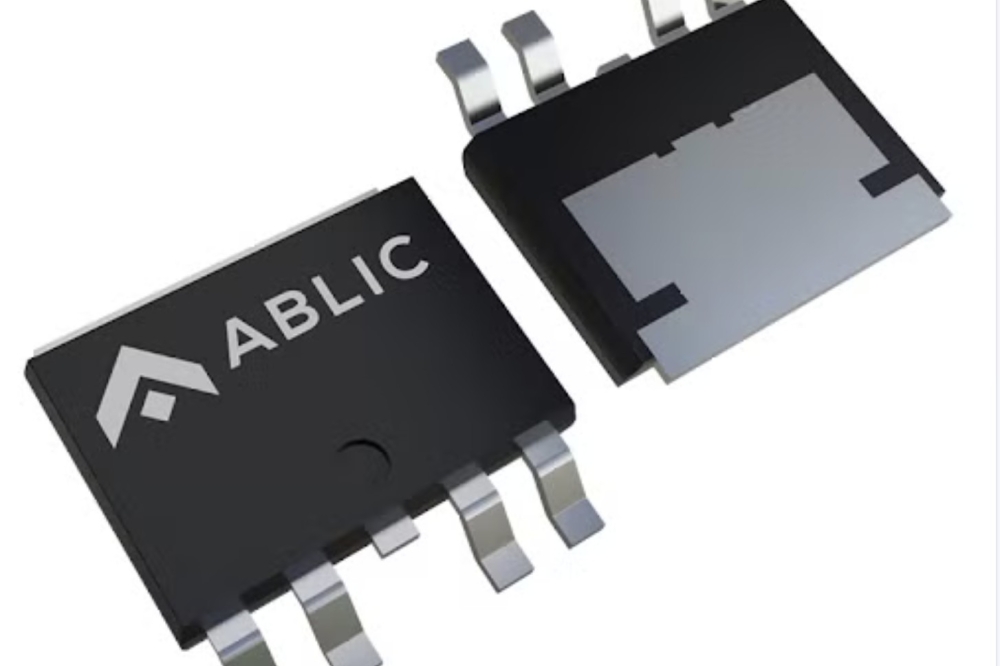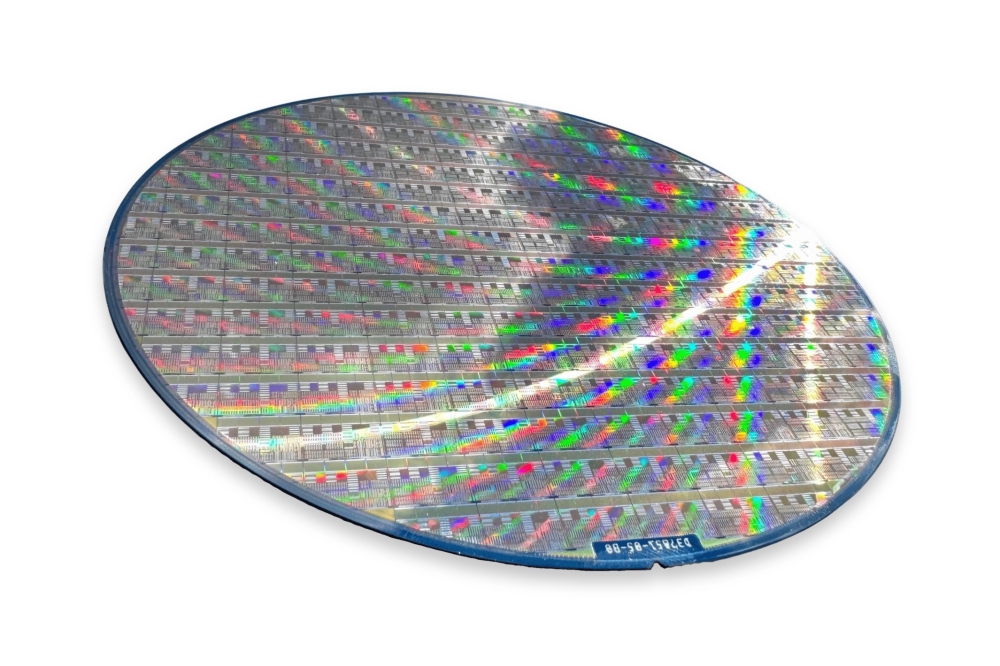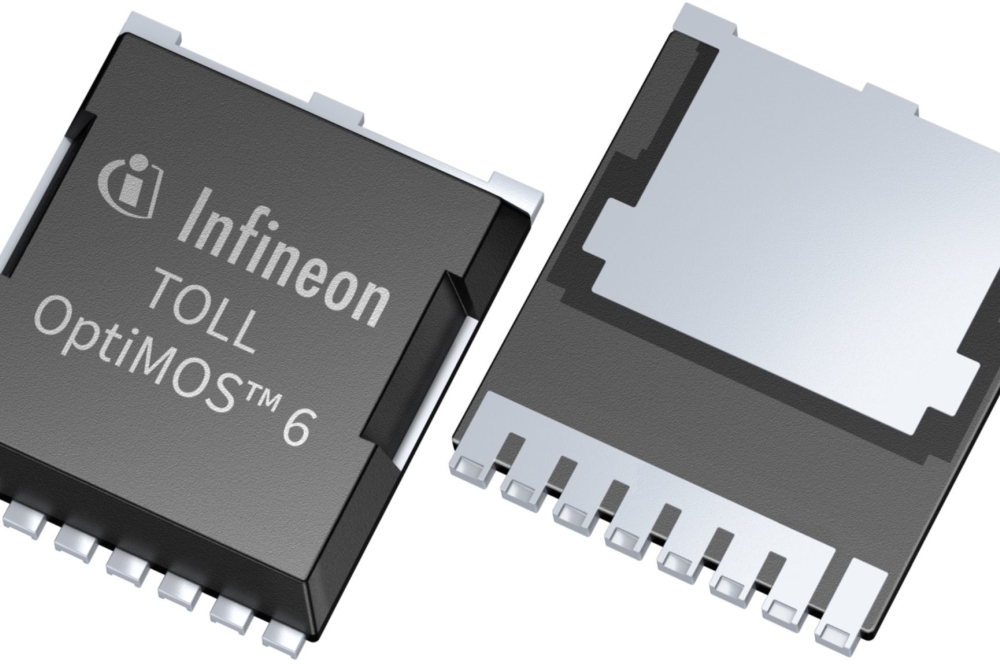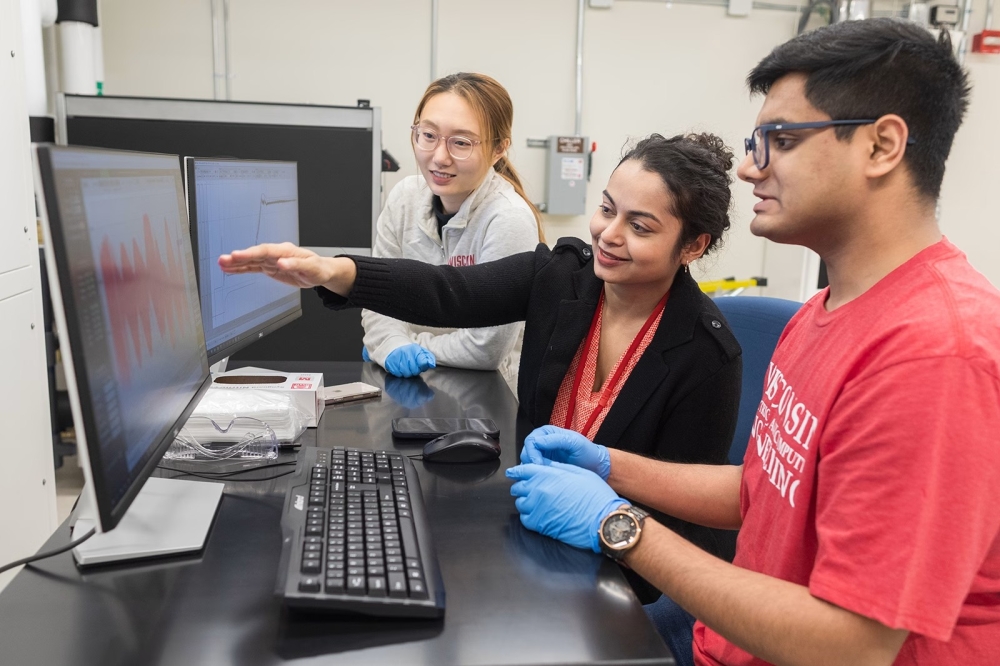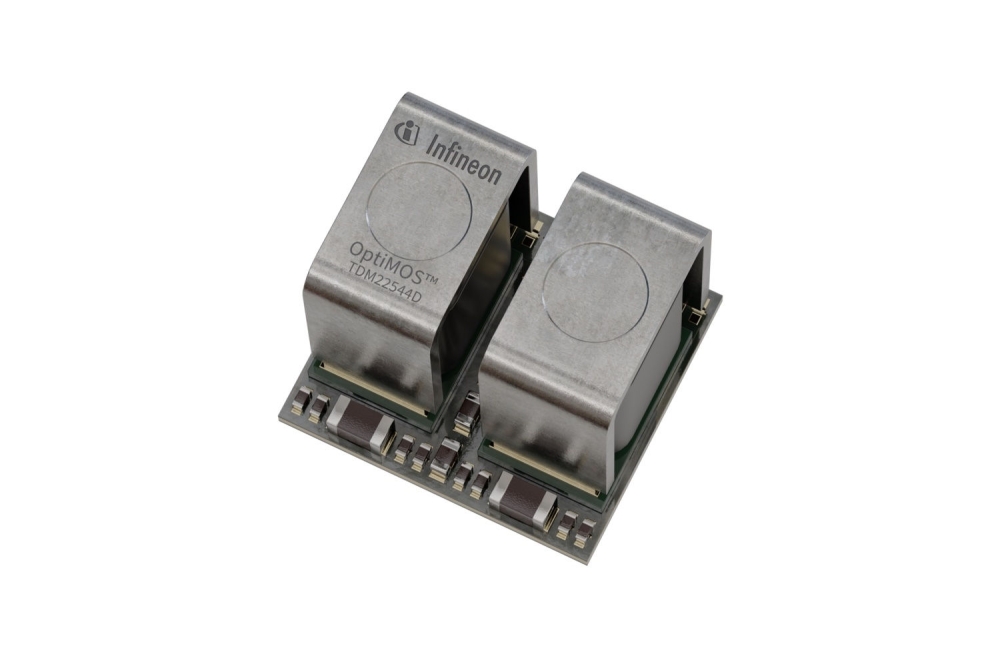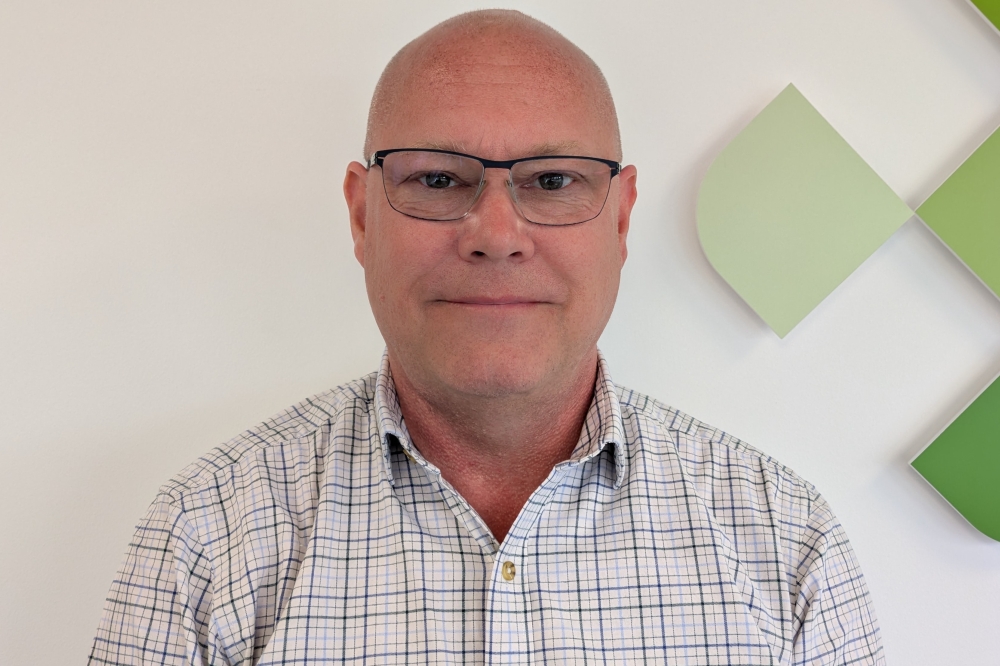US team awarded $1.5M for 'stackable' power project

Luca Corradini at the University of Colorado Boulder is developing small, stackable units power supply systems that can be built like LEGO bricks as part of a $1.5 million award from the US Department of Energy’s Advanced Research Projects Agency-Energy (ARPA-E).
These Universal AC-DC Electrical Power Movers (UPMs) will be both modular and versatile.
“This research serves as an excellent example of the crucial importance and versatility of power electronics in today’s rapidly evolving energy technology landscape,” said Corradini, an assistant professor at the department of electrical, computer and energy engineering . “With these innovations, industries could adopt new energy conversion solutions while making power grids more resilient, flexible and affordable.”
“We’re designing the UPM as a compact ‘brick’ that can connect directly to other identical bricks just like LEGOs,” Corradini said, who is also a faculty member at the Colorado Power Electronics centre (CoPEC). “Companies can start small and scale up their systems as needed, without a complete redesign.”
This stackable design not only simplifies installation but also allows systems to connect seamlessly to different kinds of power grids, whether lower voltage single-phase systems used in homes, or three-phase power used on long-distance high tension lines. Flexibility across electric grids is especially important in the United States since grid connections vary widely across regions.
Traditional power transformers, essential devices that convert voltage levels for safe and efficient electricity use, have been around for more than a century. More modern solid-state transformers are beginning to replace them, but they remain limited in their versatility and scalability.
Corradini, along with colleague Dragan Maksimovic, is working to break through those barriers. The UPM’s modularity and reconfigurable design could reduce costs across design, manufacturing, deployment and maintenance stages, while also opening new possibilities for energy systems.
Promising applications include EV fast charging stations, which today require costly, large-scale infrastructure, as well as large AI data centres, whose tremendous growth in electricity demand calls for scalable power solutions.
The system’s bi-directional capability also means energy could flow both ways: from the grid to vehicles or from sources like solar panels back into the grid. That could prove especially valuable in rural or poorly served areas, where additional energy support is needed.
In partnership with the US National Renewable Energy Laboratory, the researchers and graduate students will use the ARPA-E funding forprototyping, lab equipment and technology-to-market efforts, including patent development and industry outreach.



